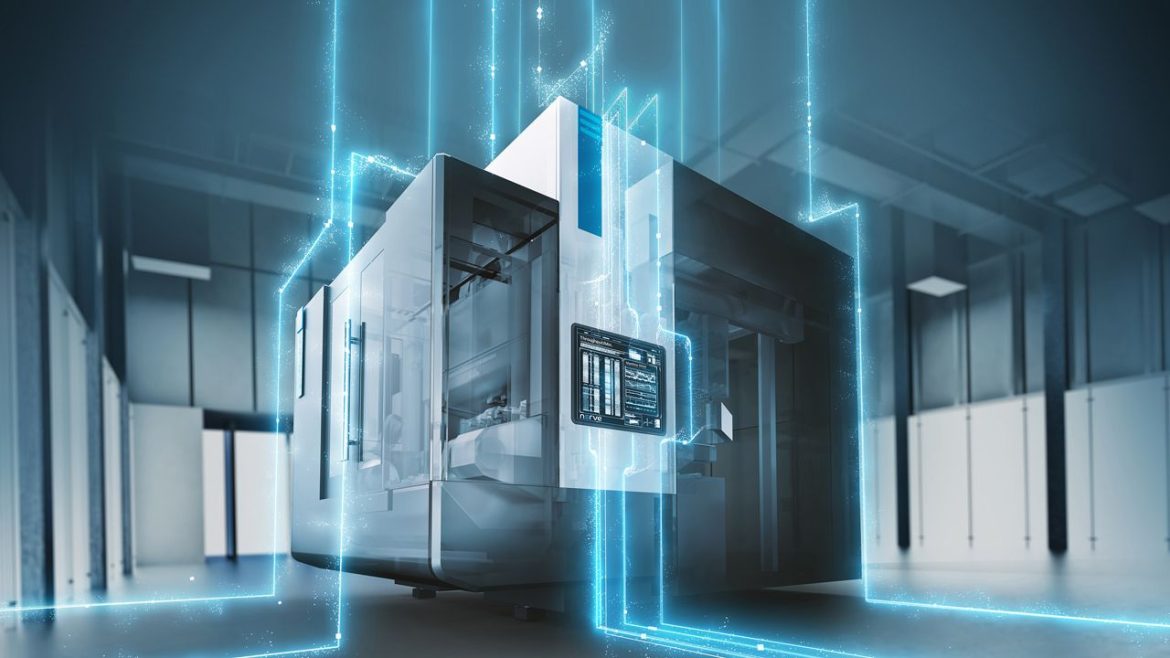With the digitalization of the industry, the phenomenon of the Industrial Internet of Things (IIoT) is changing the way of functioning of factories, utilities, and infrastructure systems function. The IIot links the machines, sensors, control, and analytics systems into an integrated intelligent network. The key to this ecosystem is the Reinforced Computer at its core. Industrial-grade and rugged computing systems are no longer a sideshow; they are now the central processors that enable data collection, automation, and real-time decision-making in connected industrial environments.
Reinforced Computers as a Part of IIot Infrastructure
Technologies of Industrial IIot are based on the large networks of devices and sensors that constantly exchange information. To use this data, edge processing systems are required to filter, calculate, and send insights to centralized platforms or cloud services. The computers that are reinforced act as the edge nodes or localized brains of such networks. They are located near the data source, on factory floors, oil rigs, transport systems, or power grids, and process information in real-time, lowering latency, and keeping operations under control without constant contact with the cloud.
These computers have to be capable of working steadily in environments that tend to be stern, unpredictable, and remote. Consumer-grade devices are unable to work or perform reliably in such environments. Constructed to resist the physical and environmental strain common within an industrial IIot environment, reinforced systems are not affected by environmental conditions that would otherwise damage other systems.
Harsh/Remote-Environment Designed
Reinforced computers are built on the basis of toughness. Their casing is dust, moisture, high and low temperature, vibration, and shock-resistant, and this is widely prevalent in industrial IIoT applications. These systems are non-stop and installed on an offshore drilling platform (or warehouse conveyor system or rail transportation hub) and can maintain non-stop operation in any conditions.
In addition, reinforced systems are usually designed to have a large temperature range, and fanless cooling systems, as well as corrosion-resistant material. These characteristics enable them to operate perfectly both in the indoor control rooms and in the outdoor, climate-exposed installations, which are typical of IIoT architecture.
Enabling Edge Real-Time Processing
Industrial IIot is powerful because it can process the data in real time. That is where edge computing comes in, and strengthened computers play a substantial role in this plan. They permit local processing of data, which results in quicker response time, higher system performance, and decreased reliance of systems on outside networks. This is particularly critical in usages like predictive maintenance, quality management, and real-time track of production.
On-site analytics and automation allow reinforced computers to reduce latency, minimize bandwidth consumption, and enhance responsiveness. This decentralized model further introduces resilience, so that the systems can keep running independent, should the connection to a cloud-based platform be disrupted.
Industrial Systems Connections and Integration
The IIot era will bring reinforced computers that will easily interact with the diverse range of equipment and protocols. They are configured with various I/O interfaces, legacy interfaces such as the serial, and the newer ones such as USB, Ethernet, and wireless modules. This facilitates their incorporation into new and legacy systems without making them undergo any major revisions.
Also, reinforced systems will frequently render many industrial protocols of communication, such as Modbus, CAN bus, and OPC UA, to converse with programmable logic controllers (PLCs), SCADA systems, and distant sensors. This interoperability plays a major role in the realization of coherent and effective IIot activities.
Security and System Stability
As the IIot grows, the space of cyber threats also increases. Industrial computers should be not only physically durable but also safe. Secured computers are becoming more hardware-based, with secure boot and software-level security to avoid unauthorized access and data theft. Security is not an option, especially because much of this infrastructure is linked to critical infrastructure.
Additionally to that, system stability is yet another benefit that reinforced computers present to the IIot. The components are chosen with long-term dependability and long service lives, cutting down on the maintenance requirements and overall cost of ownership. Continuous-operation environments are where this reliability would guarantee that production stays on track and downtimes are minimal.
Conclusion
The strength and intelligence of the computing systems in the center of the Industrial Internet of Things is what makes it successful, not merely sensors and networks. The computers are reinforced instruments in this digital transition, supplying performance, longevity, and flexibility when it matters the most. They are the technological skeleton in the industrial world that maintains operations, data, and flow, and the evolving industries in a more and more connected industrial world.
